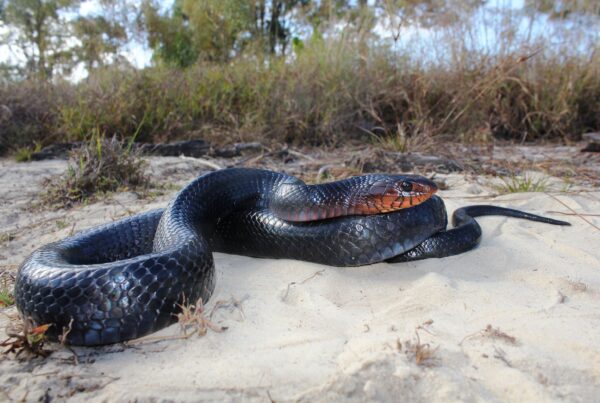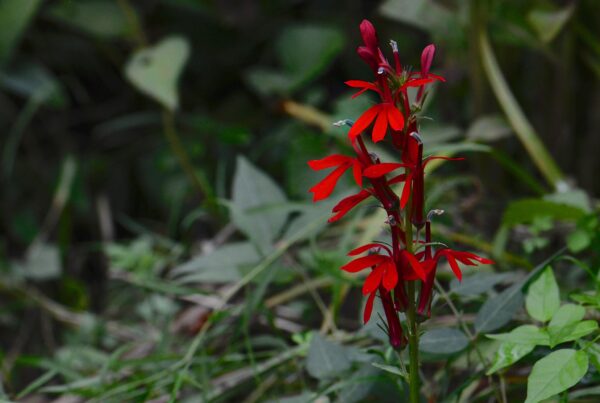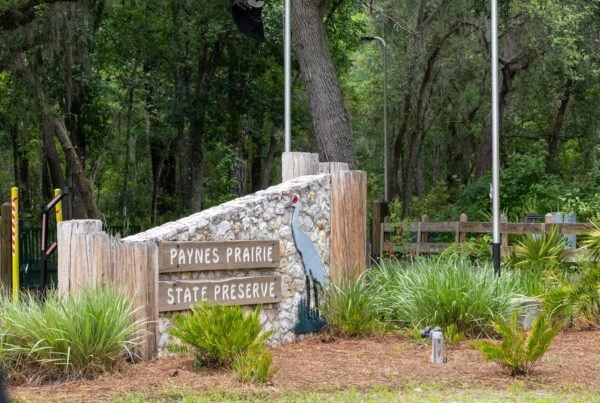As spring is just getting started in many parts of the country, Florida wildflowers have been blooming across the state for many weeks. Wonderful wildflower displays can be seen along roadsides, in preserves and parks – and many of these wildflowers can thrive in home gardens! By growing some of these native perennials, along with shrubs and trees in Florida gardens, we can create beautiful landscapes and support our native wildlife.
Gardens of all sizes, in backyards, schools, businesses, places of worship and parks, provide areas to support native pollinators, birds and other species. In our rapidly growing state, natural areas alone can’t ensure the future of our native wildlife so our gardens are essential to help increase numbers and diversity of local species. Making even small changes like adding native plants to backyard or community gardens of any size helps provide critical habitat.
Even with Florida’s diverse ecosystems, there are many native species that are found in most or all of the state. If you are getting started with native plants in a garden, or adding to existing landscape, you might consider a few dependable native plants many of which are spring bloomers.
Milkweeds have become popular as more people choose plants to provide for butterflies. Florida has several native milkweeds; two varieties often found in gardens are Swamp milkweed (Asclepias incarnata), which can even be grown in containers, and Butterfly milkweed (Asclepias tuberosa). Monarchs and Queen butterflies use both species as larval hosts for their caterpillars. Look for these natives and please avoid Tropical milkweed (Asclepias currasavica) which has often been treated with pesticides toxic to caterpillars.
Goldenrods are excellent plants for pollinators as well as birds hunting for insects. Florida has four beautiful native goldenrod species. Seaside goldenrod (Solidago sempervirens) is most commonly available at nurseries; it thrives in sandy soils and needs little water when established. Wand goldenrod (Solidago stricta) is another good choice, blooms summer through fall, and does well in richer garden soils.
Coreopsis, Florida’s state wildflower, is also known as tickseed. Florida has 14 native species of tickseed, some occurring only in North Florida and the Panhandle. One species, Leavenworth’s tickseed (Coreopsis leavenworthii) is endemic to Florida and grows statewide. It often grows as an annual but will re-seed if given space in the garden. Lanceleaf tickseed (C. lanceolata) occurs naturally in North Florida but will do well in gardens further south. As with many plant species, be sure to look for native plants or seeds from local sources as there are horticultural varieties developed from progeny outside the state.
May is National Wildlife Federation’s Garden for Wildlife month and a great time to certify your garden as a wildlife habitat. The garden needs to include these elements for wildlife: food, water, cover, places to raise young, and sustainable gardening practices. Certify in May and receive a 20% discount when you purchase a sign to display in your yard. Florida Wildlife Federation receives a portion of the funds raised from certified habitat and sign purchases throughout the state.






